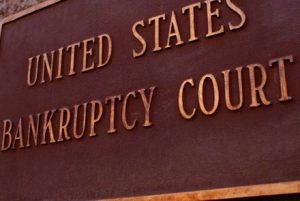 Chapter 13 bankruptcy, sometimes called a reorganization bankruptcy, differs from Chapter 7 in that a debtor will be allowed to keep most of his assets in exchange for creating and abiding by a three or five-year payment plan. The bankruptcy Trustee oversees the plan and distributes a portion of the payments to each of the debtor’s creditors. After the plan is successfully completed, any remaining debt will be discharged.
Chapter 13 bankruptcy, sometimes called a reorganization bankruptcy, differs from Chapter 7 in that a debtor will be allowed to keep most of his assets in exchange for creating and abiding by a three or five-year payment plan. The bankruptcy Trustee oversees the plan and distributes a portion of the payments to each of the debtor’s creditors. After the plan is successfully completed, any remaining debt will be discharged.
To qualify for a Chapter 13 bankruptcy, a debtor must have a current income, and his combined debt must not exceed a certain limit. Like the Chapter 7, the Chapter 13 begins by filing a petition with schedules detailing the debtor’s debts, income, assets, exemptions, and expenses. A plan is then formulated to determine how much the debtor must pay each month.
Other than the payment plan, the Chapter 13 process is very similar to the Chapter 7 process once the debtor’s petition is filed. Review the Chapter 7 process by clicking here.
The Chapter 13 bankruptcy is just as complex as the Chapter 7, if not more so as it extends over several years before a discharge is granted. The attorney’s at Slemboski & Tobler have helped debtors in all types of situations traverse the necessary paperwork and successfully negotiate a discharge. If you believe you can benefit from bankruptcy protection, please contact our office for a free initial consultation to discuss your specific case.
Also, if you would like to read more about the bankruptcy process, click here to view the complete Bankruptcy Code.